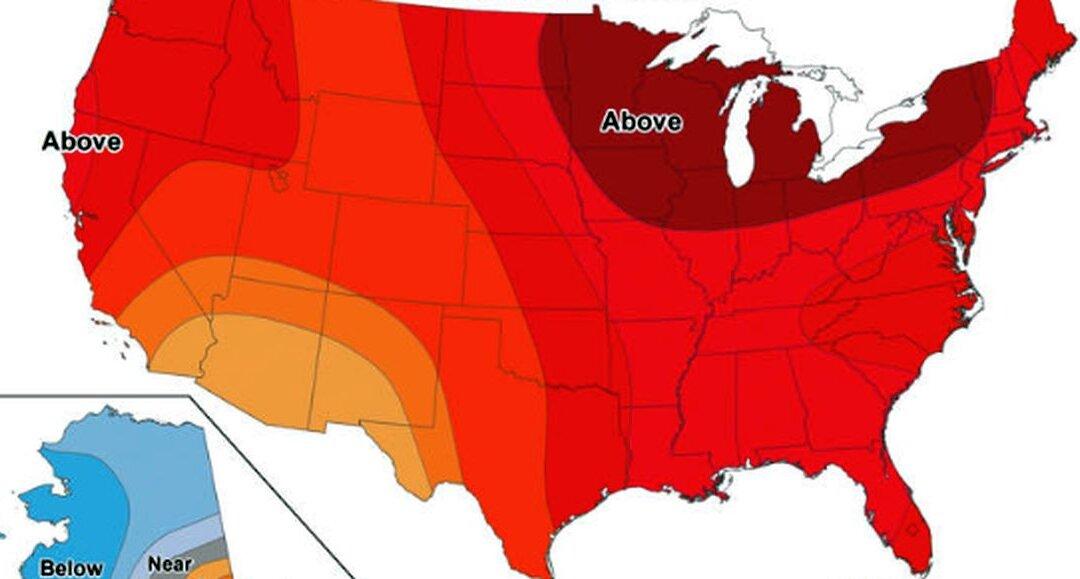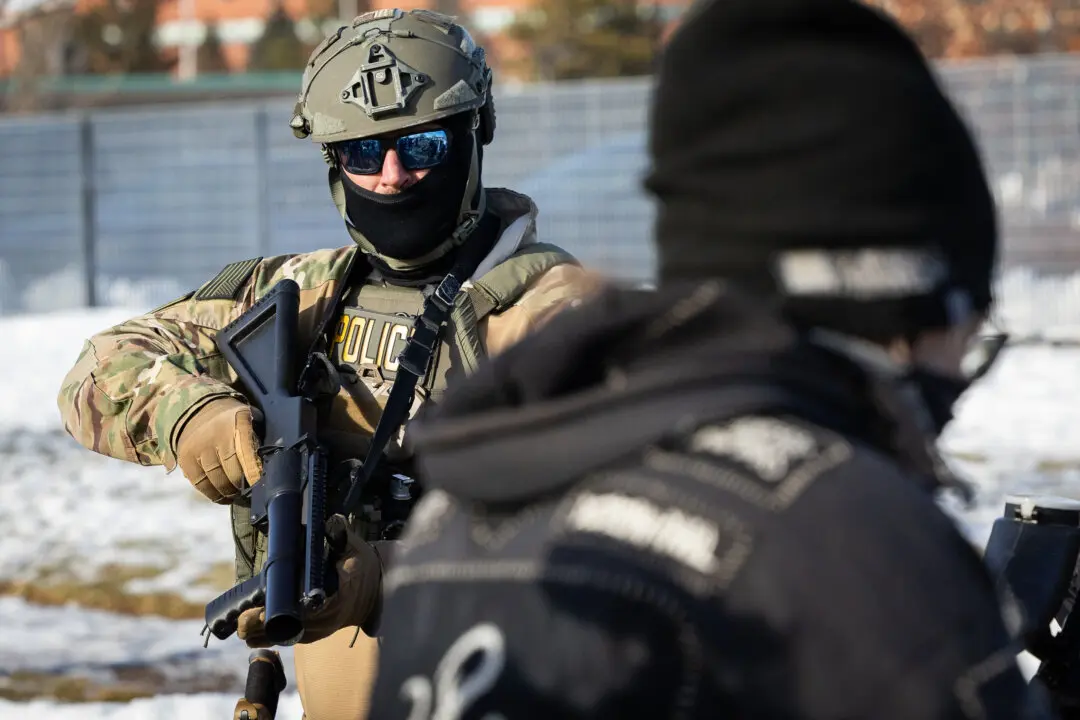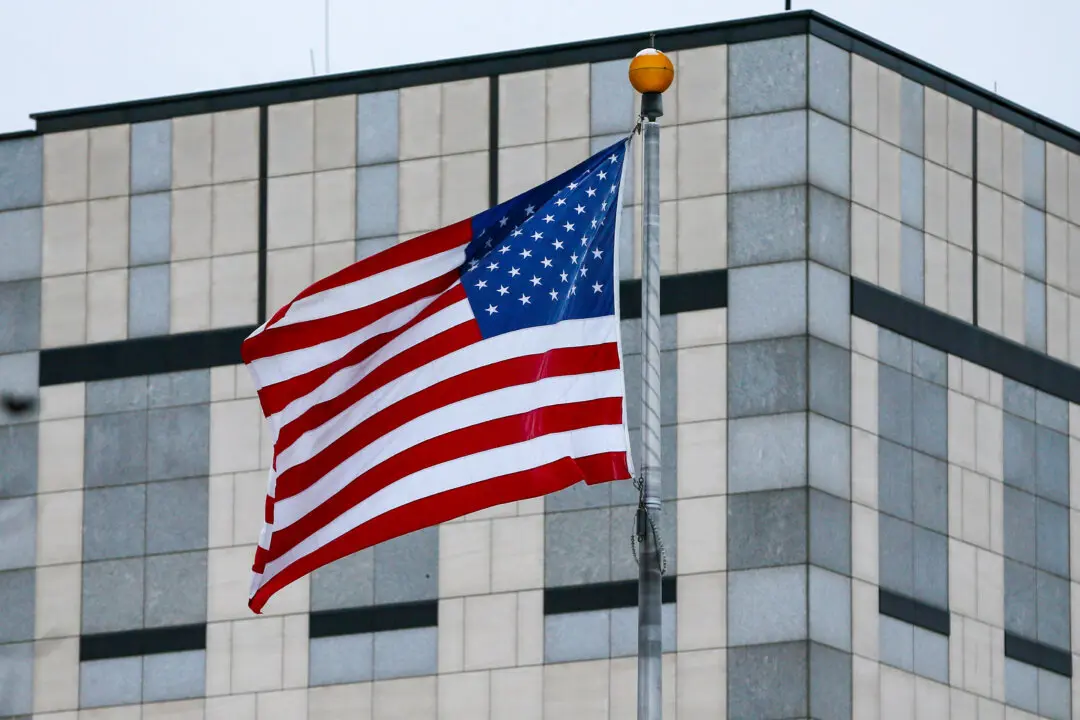A large portion of the United States will see significantly higher temperatures starting in a few days, according to the U.S. National Weather Service and other forecasters.
The weather service’s 6-to-10-day outlook, issued Jan. 16, shows that the entire continental United States, Hawaii, and some portions of Alaska will see slightly higher to well-above-normal temperatures between Jan. 22 and Jan. 26.





